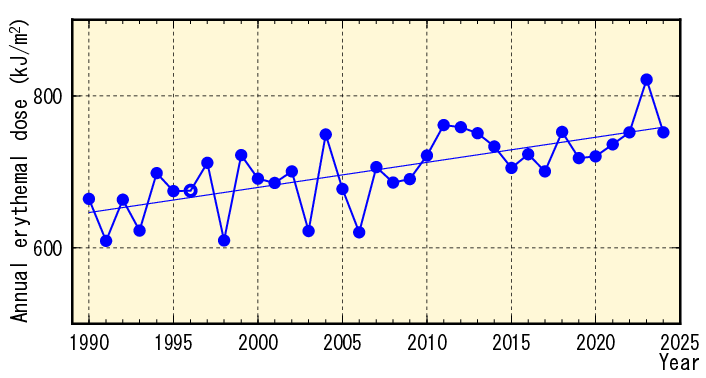mamooth
Diamond Member
Fascinating that Billy would want to resurrect a thread highlighting his long-running perfect record of failure.
In his third post on this thread from 2014, Billy predicts imminent cooling. We see how that turned out.
Billy, given that you face-planted so hard with your 2014 prediction, why shouldn't everyone assume you're being equally stupid this time? Because that's what everyone is assuming.
In his third post on this thread from 2014, Billy predicts imminent cooling. We see how that turned out.
Billy, given that you face-planted so hard with your 2014 prediction, why shouldn't everyone assume you're being equally stupid this time? Because that's what everyone is assuming.










